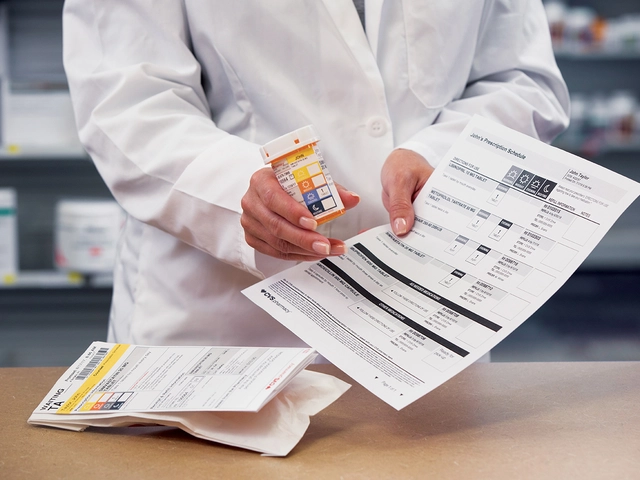Trulicity (dulaglutide) — what you need to know
Trulicity is a once-weekly injectable medicine for type 2 diabetes. It belongs to a class called GLP-1 receptor agonists. For many people it lowers blood sugar and can shrink appetite, which sometimes leads to weight loss. It’s not insulin and you don’t give it every day.
How Trulicity works and who it’s for
Trulicity helps your body release more insulin when blood sugar is high and slows how fast your stomach empties. Doctors prescribe it when diet, exercise, and oral pills aren’t enough. If you have a history of pancreatitis, severe kidney problems, or certain thyroid cancers, tell your doctor — Trulicity may not be right for you. Also mention if you’re pregnant, breastfeeding, or planning pregnancy.
Practical tips: dosing, storage, side effects
Dosing is simple: a prefilled pen you use once a week, same day each week. You can give it at any time and with or without food. Follow your doctor’s dose and the instructions that come with the pen. The pen has a hidden needle and is easy to use — press it against the skin and wait the full delivery time shown in the instructions.
Storage matters. Keep unused pens in the fridge. After you start a pen, you can usually store it at room temperature for the time the manufacturer allows (check the leaflet; current guidance is limited time at room temp). Don’t freeze pens or expose them to heat or direct sunlight.
Common side effects are nausea, vomiting, diarrhea, stomach pain, and decreased appetite. These often get better after a few weeks. Serious but rare problems include pancreatitis and severe allergic reactions. There were rodent studies showing thyroid C‑cell tumors, so people with a personal or family history of medullary thyroid carcinoma or MEN2 should avoid it.
If you use insulin or sulfonylureas, Trulicity can increase the risk of low blood sugar. Your doctor may lower doses of those medicines. Check your blood sugar more often when starting or changing doses.
Needle tips: rotate injection sites (front of thigh, belly, upper arm). Don’t inject into irritated or scarred skin. Don’t reuse pens or needles. If you miss a dose, give it as soon as you remember within a few days; if it’s almost time for your next dose, skip the missed one and pick your usual schedule. Ask your provider for exact timing rules.
Cost can be a concern. There’s no generic for Trulicity right now. Ask your pharmacist about manufacturer savings programs, coupons, or patient assistance. Also check if your insurance covers GLP‑1 drugs and what copay help is available.
Questions to ask your doctor: Is Trulicity right for my diabetes goals? How will it affect my other meds? What side effects should I watch for, and when should I call for help? How long should I try it before deciding if it’s working? Keep these handy when you talk to your healthcare team.
Trulicity works well for many people, but it’s not for everyone. Use it under a doctor’s guidance, watch for side effects, and get clear instructions on injections and storage. That way you get the benefit without surprises.

Exploring Sitagliptin Alternatives in 2025: What You Need to Know
Navigating the complex world of diabetes medications can be overwhelming. In 2025, Sitagliptin has viable alternatives that address various patient needs. This article delves into these options, detailing their benefits and drawbacks. You'll learn about emerging treatments like Trulicity that promise enhanced blood sugar control, cardiovascular benefits, and unique administration methods.
Read More




